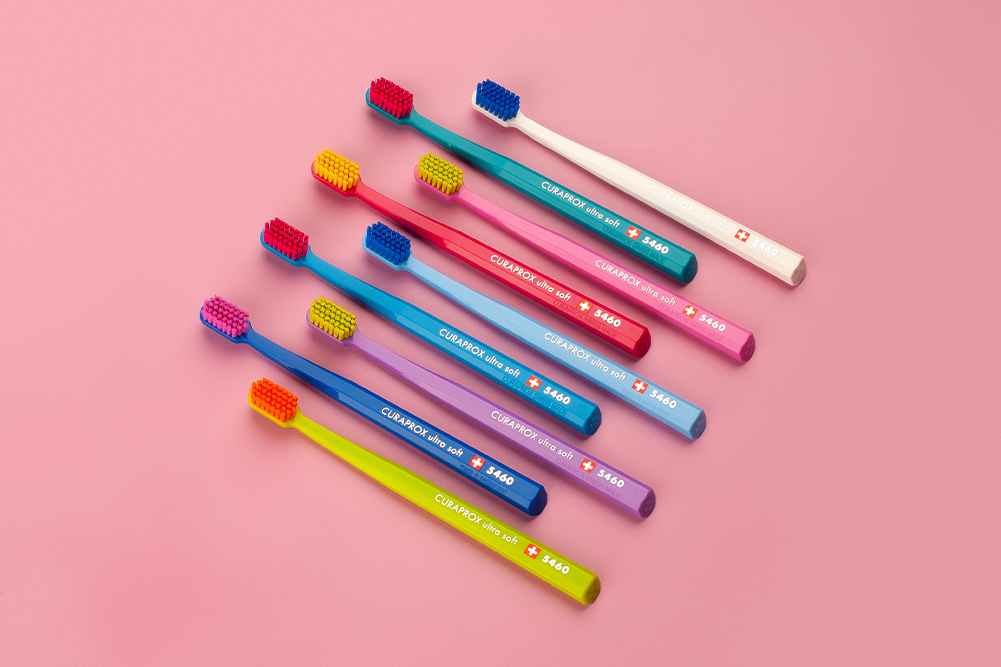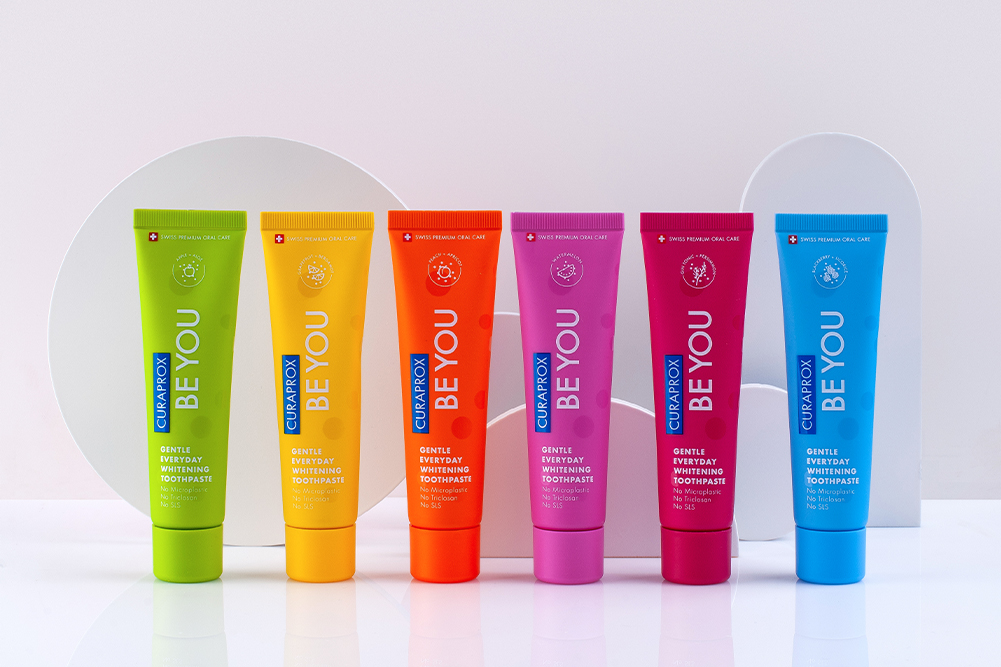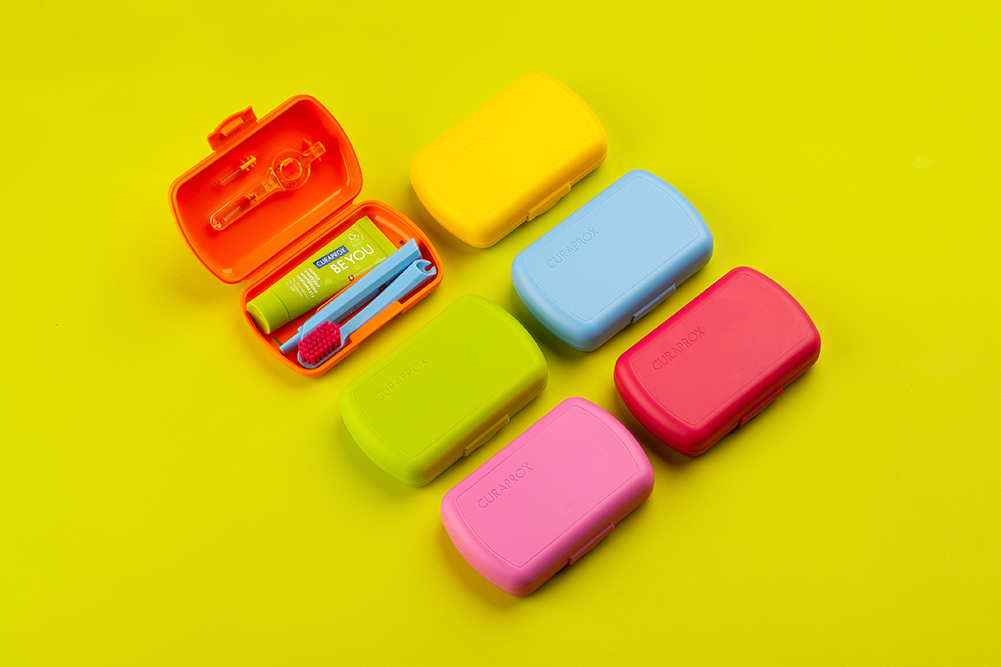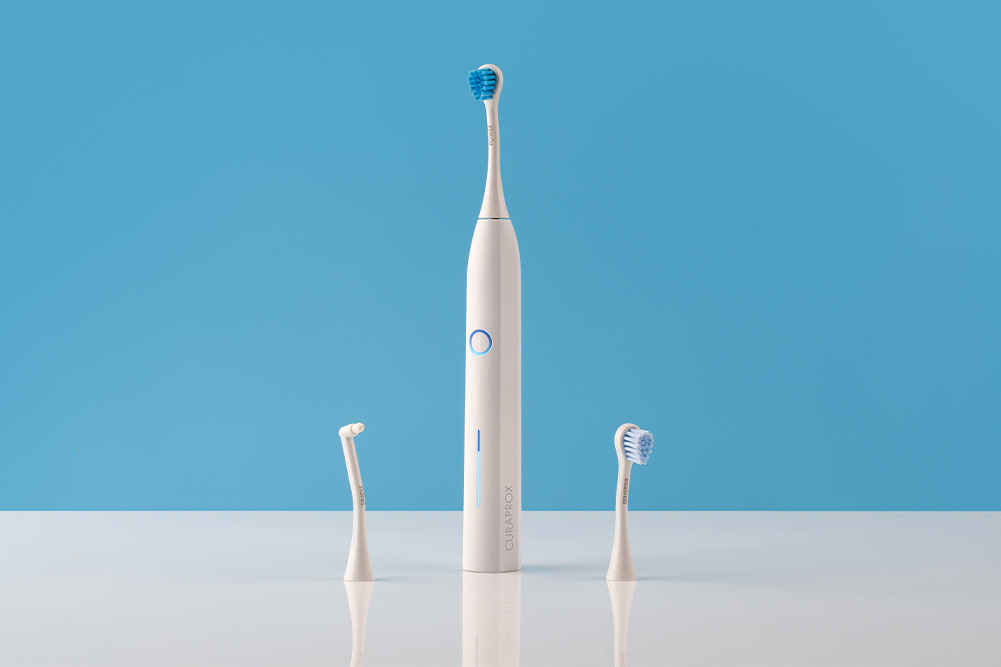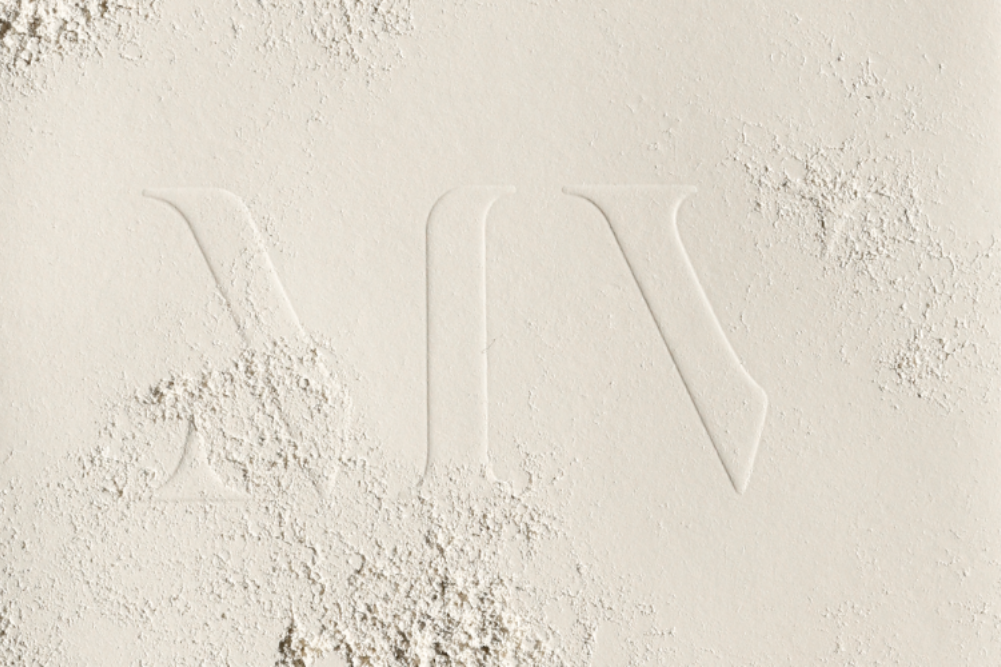Why you should include these four oils in your beauty routine
Your skin tells you a lot about your health. Each scar, wrinkle, sunspot and even the odd blemish tells a story. Your skin is a reflection of what is going on inside you. I know for a fact that if I’m a bit naughty one weekend my skin will pay for it in the following weeks and months, resulting in rosacea, pimples and dehydration … you name it. The champagne and cheesecake I thought were a great idea at the time turn out to be trouble with a capital T.
The epidermis is the layer of the skin that we see and this is the layer we think we must keep moisturised; however, the base layers are where the plump new skin lives with its nutrient-dense cells.
What we are starting to realise is that the “wipe years off your face” or “botox in a jar” cream doesn’t make the cut after all. What the manufacturers of these high-end skincare treatments don’t tell us on their labels is that the environment, external and internal stressors, immunity, your DNA and what you eat add up to the state of your skin. It’s also true that some of these factors take months to show up on your skin, so how could a cream that you dab on make an instantaneous difference?
The epidermis is the layer of the skin that we see and this is the layer we think we must keep moisturised; however, the base layers are where the plump new skin lives with its nutrient-dense cells that get nourished from all that good food, exercise and self-care, making them come to the surface in hopefully baby-soft fashion. Your skin is a living organ: it’s always regenerating and forever making new skin. It has the important job of keeping you warm and cool and also plays a crucial role in cleansing the body as it releases waste when you sweat. So, as with every other organ in your body, you must treat your skin with the utmost care and respect.
When your skin isn’t producing enough oil to stay skin soft and supple, it can become dehydrated and prone to wrinkles and flakiness. This becomes more relevant as you age and the regeneration process slows down and you start to experience sensitivity and inflammation. The fat produced by sebaceous glands acts as a trap and comes to the surface when you sweat, which is why you look like you have that glow about you when you exercise. If there aren’t enough oils in your skin, however, the perspiration dries too quickly and leaves the skin really dry.
The good news is there are some simple yet effective natural oils that will make your skin feel wonderful and actually be absorbed into those deeper layers of the skin. Feeding your skin with the good fatty oils listed below can help lock in moisture and keep your skin looking constantly ultra-moisturised. For those with overactive sebaceous glands, otherwise known as oily skin, don’t worry: you can step away from those harsh cleansers because these oils may help de-grease the skin and help the skin produce normal amounts.
The epidermis is the layer of the skin that we see and this is the layer we think we must keep moisturised; however, the base layers are where the plump new skin lives with its nutrient-dense cells.
Let me tell you, my journey of finding the perfect medicinal and Beauty oils stems from a long and extensive world search; I can assure you that this list is not definitive; we’ll just call it a work in progress. I love oils, I always have, ever since my mother introduced me to the practice of putting avocado oil on my skin instead of conventional oils and using lavender oil to steer away mosquitoes instead of lethal repellents (perhaps this stems from her upbringing on outback stations in Far North Queensland).
These oils are nothing new; they have been around forever and they actually work in harmony with your body, not against it. By the way, coconut oil is a wonderful oil — everybody knows that — but not everybody loves the smell and consistency of coconut oil, especially now that there are too many on the market to know which one to trust. So I won’t be mentioning coconut oil here. But I will introduce, or reintroduce, you to some of my favourite oils at the moment, targeted towards many different skin types.
Fragonia
This is not technically an “oily oil”, but I am far too excited not to share this precious find with you. I have recently come across this essential oil and it’s very new to the market. I have totally fallen in love with it and the fact that it comes from my motherland of the indigenous areas of the southwest Western Australia makes it even better.
Agonis fragrans as it is formally known is actually an essential oil and it has been formally trademarked as Fragonia to distinguish the plant from different chemotypes in the Agonis species, as it’s a perfectly balanced oil. Although it’s a fairly new oil, it is possible that it was utilised by local indigenous communities as a traditional medicine to encourage healthy healing of the skin.
Fragonia’s pretty tea-tree looking flowers withstand the toughest living conditions with minimal water loss or dehydration. The beautiful fine blossoms produce a pure essential oil which, when diluted, is strong in antiseptic and antimicrobial properties to help maintain a healthy complexion. The University of Western Australia has conducted many studies on this oil because of its significant anti-inflammatory properties. Dr Daniel Penoel, who has an international reputation as an essential oil researcher and aromatic medicine practitioner, found that Fragonia essential oil can also help fight common respiratory infections, strengthens the immune system and has excellent analgesic properties.
Wheatgerm
If you have ultra-dry, dehydrated skin and you like the intense healing properties of vitamin E oil (aka tocopherol), you will love wheatgerm oil. It’s rich in fatty acids including omega-6. Along with some punchy proteins and the highest amount of vitamin E in all of the carrier oils, it delivers a healthy fusion of vitamins A, B and D, which is why it has some amazing healing benefits for skin and hair. I like to use wheatgerm oil as a night-time skin treatment due to its ultra-thick consistency, which makes it slow to absorb and means it won’t go anywhere but into the skin. For better results, buy the organic and/or cold-pressed form.
If your skin accidentally meets the wrath of environmental damage, such as wind and sunburn, wheatgerm oil is high in antioxidants and it goes in fighting off those free radicals and neutralising them. It goes on to support healthy collagen formation and, once you put it on, you’ll notice how much it evens out skin tone. For severe skin problems such as psoriasis, eczema, dermatitis, dry knees, dry heels and dry elbows, just smooth a little more over the affected areas, wrap in a soft cotton or muslin cloth and cover with plastic wrap overnight or for a few hours, to help relieve itchiness.
Due to the consistency of this oil, for some people it may not go in far to the deepest layers of the skin. The good news, though, is you can actually ingest wheatgerm oil as it’s a great replacement for highly processed vegetable oils and people like it as their flaxseed oil substitute. Please seek advice from your healthcare practitioner if you are gluten intolerant before consuming wheatgerm oil. To make those fatty acids start working from the inside out, adding foods such as avocado, fish, pumpkin seeds and spinach to your diet may also be beneficial — but it depends on the individual and your dietary requirements.
Please note, wheatgerm does have a slight aroma to it, which is why I use it at night and not as a normal daytime treatment.
Pomegranate
Pomegranate seed oil is a premium-grade oil that’s extracted directly from pomegranate seeds. It’s a very luxurious, sweet-smelling oil and when bought in its cold-pressed and virgin form can be a little on the pricy side, but it’s worth it. This oil on its own and without any dilution has been known to help stimulate keratinocytes, which live in the outermost layers of the skin. These guys are skin cells responsible for keeping out environmental damage such as bacteria, viruses and UV exposure and they love hydration — so YES to dewy skin.
The pomegranate seeds produce punicic acid, a polyunsaturated fatty acid that makes up around 65 per cent of the fatty acids in pomegranate seed oil. And it is, indeed, named for the pomegranate, which has the botanical name Punica granatum. This oil is not only nutritious for the skin but has very strong anti-inflammatory properties, allowing it to go to work against ageing in the skin. The most wonderful thing about this oil is that it sinks right into your skin and you hardly know you have it on, so it’s great to wear all day long and even looks really nice on the face as it has a beautiful amber colour to it, so it instantly glows. Acne sufferers need not worry: it balances the pH levels in your skin and keeps the infection points less irritable and looking less like a giant anthill.
You’ll love pomegranate seed oil and you can bet it will be featuring more and more in haircare lines, too.
Arnica
Hailing from Europe, arnica has earned its reputation over the centuries as one of the most beneficial botanical aids to have in the herbal medicine chest. You may know about this oil already, so perhaps I am here to remind you of its amazing healing properties.
It takes a lot of pretty, daisy-like arnica flowers to yield much oil, and in its full strength it produces a very toxic compound called helenalin — hence the price and the cautions that come with it. I don’t want to scare you off using arnica oil; I’m just making you aware of the effects plants have on the human body. It’s just remarkable how a little yellow flower has the anti-inflammatory properties to help heal muscle aches, pains, rheumatic pain, bruises, swelling and even insect bites (when diluted safely, mind you), decreasing the amount of healing time and reducing inflammation.
Many studies have investigated how arnica exerts these natural anti-inflammatory effects. Helenalin, a sesquiterpene lactone that’s partly responsible for reducing inflammation, can also be found in other plants such as spinach, lettuce, chamomile, star anise, artichoke and sunflower, just to name a few.
Arnica comes in all kinds of gels and creams, but I like to use arnica as an oil when mixed with a carrier oil. When I have woken up a little puffy in the face and am confronted with a day of interviews and meetings, I dab a little around the puffy areas such as under my eyes, on my lips, neck and even around my arms to help give more of a slim look, and if I have any nasty blemishes that have popped up overnight I dab it on tenfold. Standing in heels all day can be hell on puffy potato toes, so I also like to rub arnica into my feet and ankles to relieve soreness and swelling.

